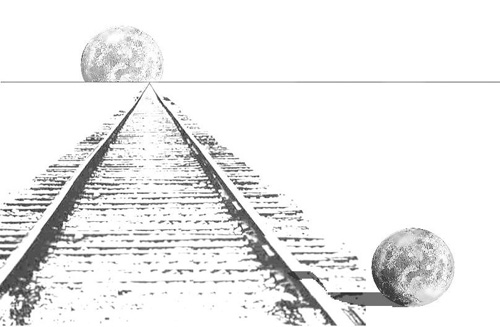 (Source, Wikipedia Commons)
(Source, Wikipedia Commons)
The moon is generally called a "Harvest Moon" when it appears that way (i.e. large and red) in autumn, amongst a few other names. There are other names that are associated with specific timeframes as well. The colour is due to atmospheric scattering (Also known as Rayleigh scattering):
may have noticed that they always occur when the Sun or Moon is close to the horizon. If you think about it, sunlight or moonlight must travel through the maximum amount of atmosphere to get to your eyes when the Sun or Moon is on the horizon (remember that that atmosphere is a sphere around the Earth). So, you expect more blue light to be scattered from Sunlight or Moonlight when the Sun or Moon is on the horizon than when it is, say, overhead; this makes the object look redder.
As to the size, that is commonly referred to as the "Moon Illusion", which may be a combination of many factors. The most common explanation is that the frame of reference just tricks our brains. Also, if you look straight up, the perceived distance is much smaller to our brains than the distance to the horizon. We don't perceive the sky to be a hemispherical bowl over us, but rather a much more shallow bowl. Just ask anyone to point to the halfway point between the horizon and zenith, and you will see that the angle tends to be closer to 30 degrees as opposed to the 45 it should be.
University of Wisconsin discussion on the Moon Illusion.
NASA discussion on moon illusion.
A graphical representation of this:

Dr. Phil Plait discusses the illusion in detail.
 (Source, Wikipedia Commons)
(Source, Wikipedia Commons)